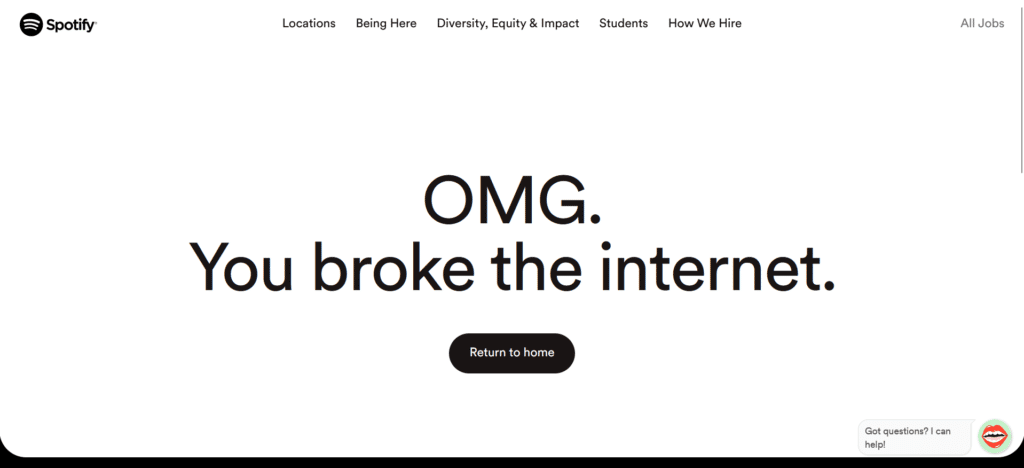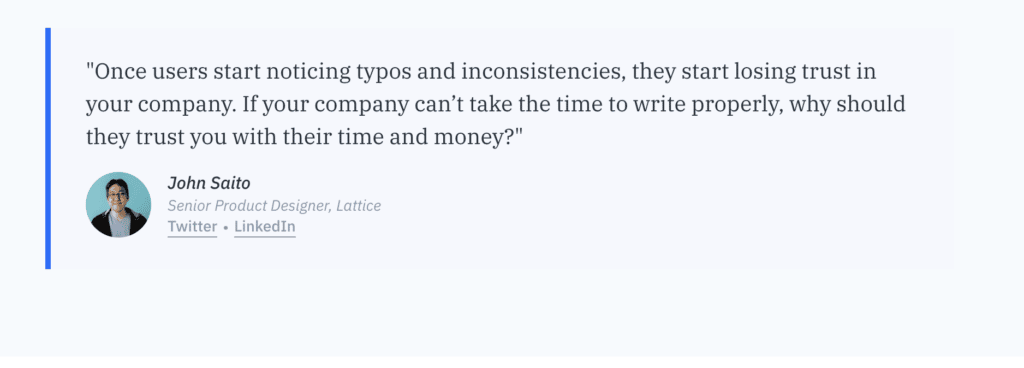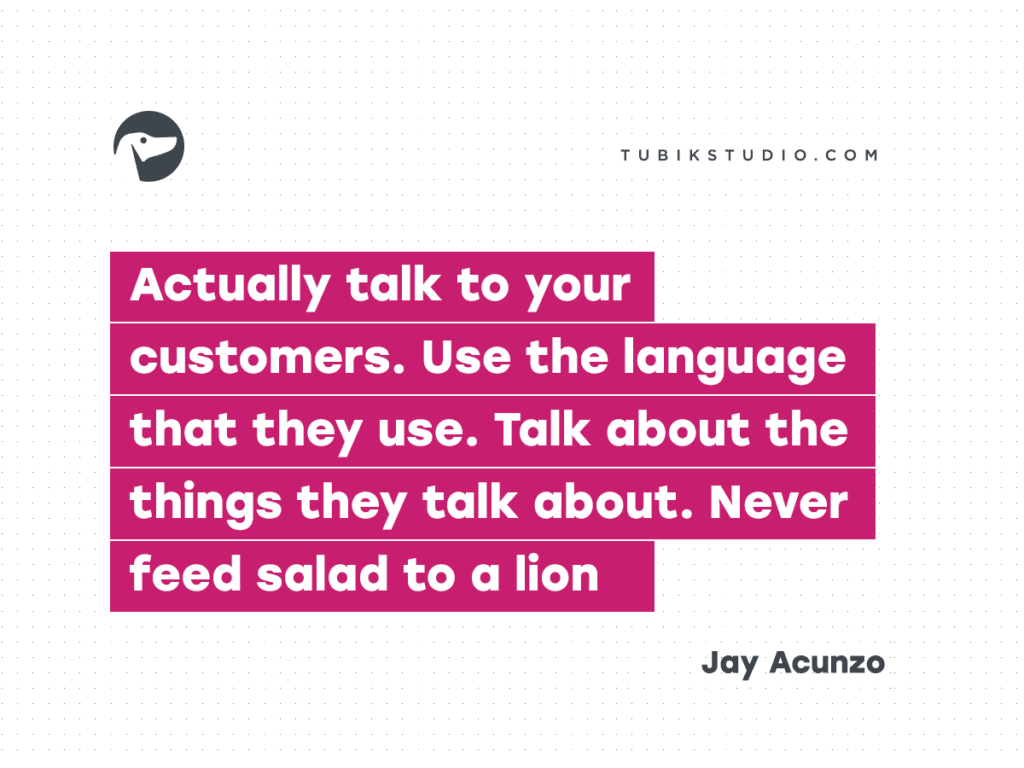Table of Contents
Intro to UX content
Over the last few years, a raised awareness among companies about the importance of optimizing UX content has increased the demand for content designers. This has driven many to shift career paths into this new, exciting area.
But with so many buzzwords sneaking their way into your search results, it’s easy to get sidetracked and confused about what these terms actually mean.
In this article, we’ll try to clear up some of that noise to set the right expectations about what you’re signing up for when you take on a career in UX content.
UX content: words, words, words…
“Do all those words mean the same thing?” gasped Milo.
“Of course.” “Certainly.” “Precisely.” “Exactly.” “Yes,” they replied in order.
“Well, then,” said Milo, not understanding why each one said the same thing in a slightly different way, “wouldn’t it be simpler to use just one? It would certainly make more sense.”
“Nonsense.” “Ridiculous.” “Fantastic.” “Absurd.” “Bosh,” they chorused again, and continued. “We’re not interested in making sense; it’s not our job,” scolded the first. “Besides,” explained the second, “one word is as good as another—so why not use them all?”
– N. Juster: Phantom Tollbooth
Let’s start by clearing up how these terms should be used.
When we talk about UX content, we’re referring to the text that’s part of a digital product (i.e. website, app, software, or online tool), which informs guides, and helps users to take some type of action. There are several types of UX content, including:
- onboarding copy
- call-to-action messages
- button copy
- error messages
- confirmation messages
- tooltips
- menu labels, form field labels & lists
- chatbot messages
- pop-up messages
- settings labels
- security notes
- legal notices & disclaimers

The process through which UX content is written is called UX writing or content design, which involves writing clear, concise copy aimed at optimizing the digital product’s usability and accessibility.
The person who writes this text is generally called a content designer or UX writer. But here’s where it gets a little confusing.
Although they sound different, these two terms are most frequently used when referring to the same line of work.
And because it’s such a growing area, there are so many other titles used to refer to the same line of work, e.g. UX copywriter, content developer, product writer.
UX Writing Hub Chief Editor Aaron Raizen has written an informative (and entertaining) piece on the debate on what to call the person responsible for producing UX content.
But above all, it’s important not to confuse these with the following roles:
- UX content strategist: develops a content strategy that aims to achieve business goals. The main focus of the strategist is to carry out content planning, which includes content creation, curation, planning, and research, as well as scheduling content to be published, edited, republished, repurposed, and archived at the right times.
- UX researcher: studies the motivations, behaviors, and needs of users through research and observations. This may involve working directly with users in UX testing sessions and remotely observing users via digital tools, surveys, and other methods.
- UX designer: responsible for researching, designing, and implementing seamless user experiences when interacting with a digital product or tool. A UX designer consults with clients to understand the product and its goals, conducts usability testing, creates product prototypes, and conducts competitor and user analyses.
- technical writer: writes, edits, and proofreads manuals, training guides, user guides, and other types of documentation whose purpose is to distill highly technical information on various technologies and devices into clear, concise language.
- content writer: writes text content to educate or entertain readers, which may drive sales as well, but that’s not its primary purpose. With content writing, you want to educate or entertain readers by creating high-quality and valuable content, like blog posts, e-books, tutorials, email newsletters, news articles, social media posts.
- copywriter: writes text content to persuade readers to take some type of sales-related action, like purchase a product, visit a website, call a business etc. Examples of copywriting include PPC landing pages, social media ads, product pages, website sales copy, and sales emails.
- content creator: produces a variety of content to engage consumers and attract audiences. For businesses, this can mean crafting newsletters, emails, digital marketing materials, brochures, social media posts, articles, annual reports, advertorial, editorial, and company communications, and more.
What does a UX content designer do in a day?

But in a nutshell, content designers focus on writing clear, concise copy to help make a digital product more usable and accessible—but above all, more human.

Their duties also involve research, testing the UX content with users, creating the brand voice and style guides that adhere to brand guidelines, and more.
They’re normally part of a company’s product team, collaborating with UX designers, researchers, and strategists, but also work closely with product managers, developers, engineers, marketing staff, and stakeholders in order to get a comprehensive understanding of a product.
Many UX writers will tell you that they spend only about 10% of their time actually writing. The other 90% is spent collaborating in meetings, presentations, and brainstorming sessions.
UX content workflow
Here’s what a typical workflow might look like for creating UX content:
The problem
At the start of a project, a team of project managers, product owners, researchers, designers, developers, and data scientists would meet to define the scope of a user problem, which could be anything like a high drop-off rate at the onboarding stage, a page taking too long to load, decrease in subscriptions to a newsletter etc.
The content designer’s job here would be to decide how writing could help solve this problem. This would depend on the company’s goals for the product and the product itself.
Prototyping & research
UX researchers, designers, and writers would then put their heads together to sketch out a solution to the problem. After receiving feedback from product managers, stakeholders, and other members, writers help designers create a high-fidelity prototype.
This prototype is then tested out by providing a sample group of users with specific tasks and gathering information on their behavior and preferences.
UX writers would sit in on these sessions and take notes, paying close attention to the users’ reactions to the language being used in a prototype.
Testing, testing…
The team would then carry out A/B testing, which is a big part of a UX writer’s job, where users are presented with several versions of a piece of content. The results of these testing sessions will inform the next steps, whether it’s deploying the design or going back to the drawing board to find other solutions (which could be anything from just shortening a piece of content or rethinking an entire user flow).
And much more
All this is just one way creating UX content might look like. Depending on the size of the team, they might have other duties, such as attending workshops, collaborating with translators to localize the product in a different language, and coming up with content strategies.

UX Content: final thoughts
Creating UX content is an essential part of designing a digital product.
Why?
Well-written and well-placed UX content can easily increase conversion rates and revenue. On the other hand, a badly-placed comma might cost a company millions.
Seasoned content designer, Wojtek Aleksander, wrote an extensive piece on the cost of bad UX writing.
So if you care about words and understand their impact, a career in UX content might be the perfect fit for you.
Further Reading
Microcopy in a nutshell: Past, present and future



